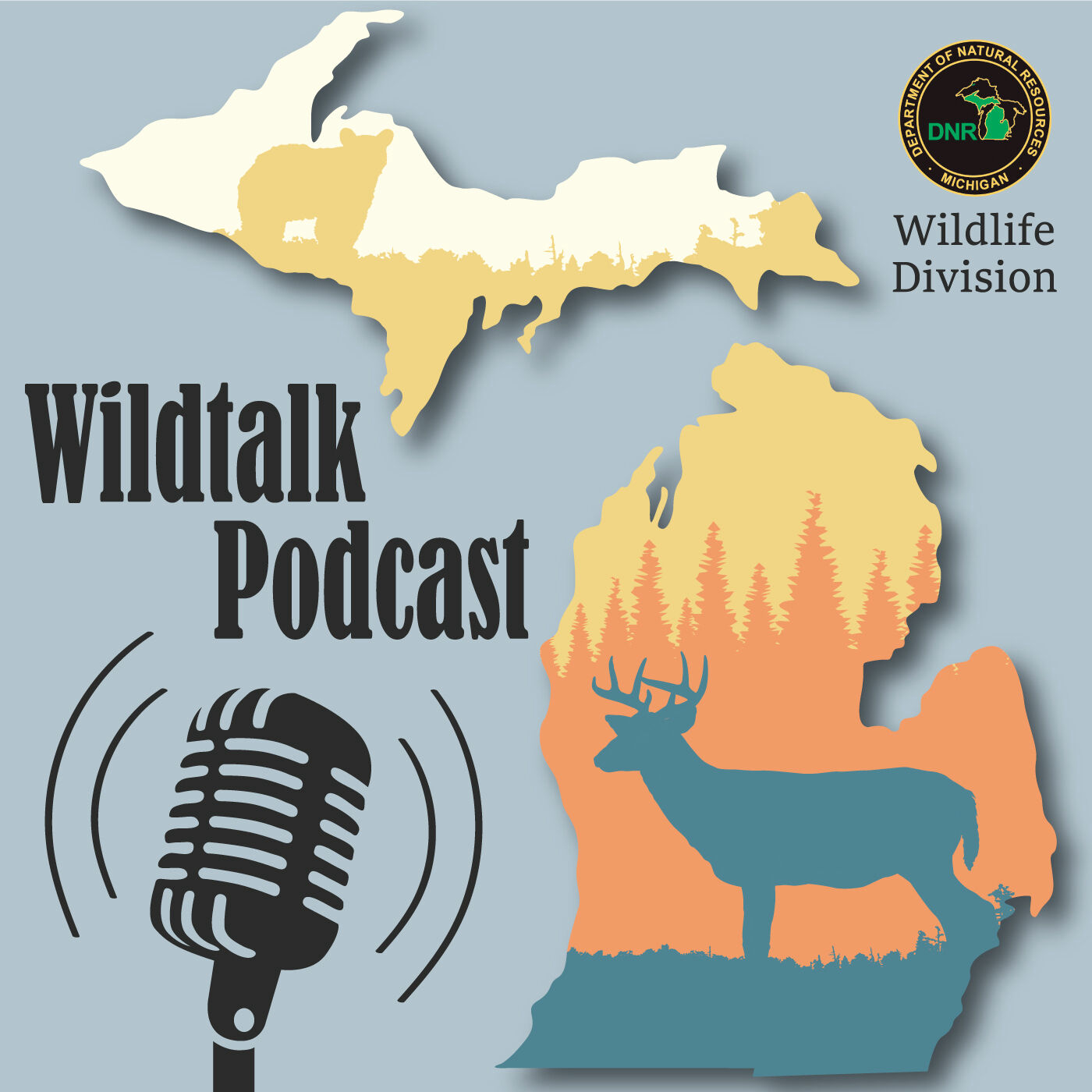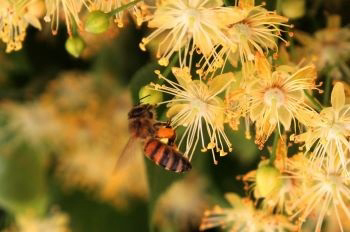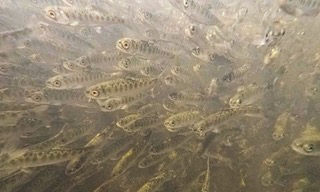Michigan March ‘Wildtalk’: American Woodcock, Black Bears and More

The newest episode of the DNR Wildlife Division’s “Wildtalk” podcast is now available. The March show covers Michigan’s largest carnivore, the black bear, and does a deep dive on the American woodcock, a peculiar little ground-nesting bird with lots of charisma and some unique physical adaptations.
James Miller, a DNR wildlife biologist based in southwest Michigan, stops by to talk about spring infrastructure projects such as maintenance of the dike systems and water control structures at Maple River State Game Area, habitat work at Allegan State Game Area to support the Karner blue butterfly and prescribed burn planning for several locations.
DNR wildlife biologist Pete Kailing also drops in with an overview of hunting and trapping opportunities, plus a nod to filmdom’s famed mountain man, Jeremiah Johnson.
Visit the “Wildtalk” webpage for the March episode, as well as show notes and links to past episodes. Questions about the podcast? Email DNR-Wildlife@Michigan.gov.










